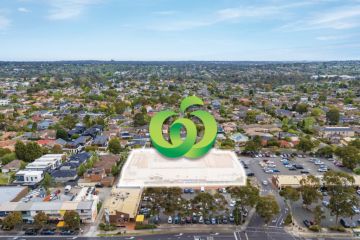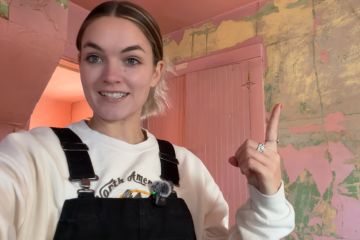Loyalty an expensive banking trap for young mortgage holders, new research shows

Being loyal to the first bank you opened an account with, or choosing the same one as your parents, is a costly trap for young homeowners, new research suggests.
This has a particular impact on Australian consumers due to a “surprisingly” loyal generation, who prop up big banks’ customer retention numbers. But the loyalty may be coming at a high price for those borrowers, who are said to pay noticeably more than those who have switched bank since their youth.
One in five Aussie mortgage holders has a loan with their childhood bank or the same bank as their parents, new research from uno Home Loans shows, and the report states these customers pay an average of 20 basis points more in interest than others.
Specifically, those with the bank from their childhood, or the one used by their parents, could be paying an extra $1272 per year in interest for a median-priced home in Sydney, $1188 in Melbourne, $780 in Canberra, $600 in Brisbane, $600 in Perth, $564 in Adelaide, and $408 in Hobart, according to uno research – “or in excess of $30,000 over the life of a loan”.
The 1500-person study showed more than 10 per cent of mortgage holders have a home loan with the bank they were with as a child, more than 7 per cent have a loan with the same bank their parents are with, and 6 per cent have a loan with a lender that ticks both boxes. A total of 23.7 per cent of Aussies with this sort of connection to their mortgage lender.
“The idea that the [banking] loyalty was from childhood or from our parents was massively surprising – a sort of ingrained behaviour or just a lethargy more than anything,” uno Home Loans CEO Vincent Turner told Domain.
“The financial services industry is in part driven by fear and trust, and so it does make sense, but if that loyalty is costing you money then you’ve got to think ‘well I’m loyal but only up to a point’.”
The report states the mean interest rate on owner-occupied properties is 4.5 per cent among mortgage holders who have a home loan with their childhood bank or parents’ bank, compared to 4.3 per cent for Aussies who opted for a different lender.
For investors, the mean interest rate was reported to be 4.8 per cent for borrowers who have a home loan with their childhood bank or parents’ bank, compared to 4.6 per cent for Aussies who opted for a different lender.
The data suggests the long-term customers typically stay with one of the big four banks – Commonwealth Bank, Westpac, ANZ or NAB.
“I’ve got to expect that it has to be largely relating to the big four – if you just think about the timeline of it, if this is people who grew up in the 90s then it’s probably going to be predominantly those major banks, or regionals,” Mr Turner said.
Commonwealth Bank, which operates the largest school campaign of the big four, the Dollarmites Club, didn’t directly refute uno’s research that long-term customers tend to pay more when borrowing, commenting: “As Australia’s largest home lender, Commonwealth Bank works closely with our loyal customers through our extensive branch network, Australian-based call centres, and digital channels to offer a range of benefits that meet their evolving needs.”
Meanwhile, the issue of bank marketing strategies aimed at children was on the receiving end of backlash late last year from consumer advocacy group Choice, which calls them to be scrapped.
The Choice report claimed the Dollarmites program relies on “conflicted remuneration” to sign up young customers, taking particular issue with CBA’s payments to schools based on the number of accounts opened.
When a Commonwealth Bank Youthsaver account is opened for a child under 12 he or she is automatically included in the Dollarmites Club, and CBA was reported to pay schools $5 for every student account opened via the program, and 5 per cent of every deposit made at a school up to $10 per deposit.
“It is time to take banks out of financial literacy education, and to stop them from paying schools commissions to flog their products,” Choice chief executive Alan Kirkland said in the report.
We recommend
We thought you might like
States
Capital Cities
Capital Cities - Rentals
Popular Areas
Allhomes
More
- © 2025, CoStar Group Inc.







